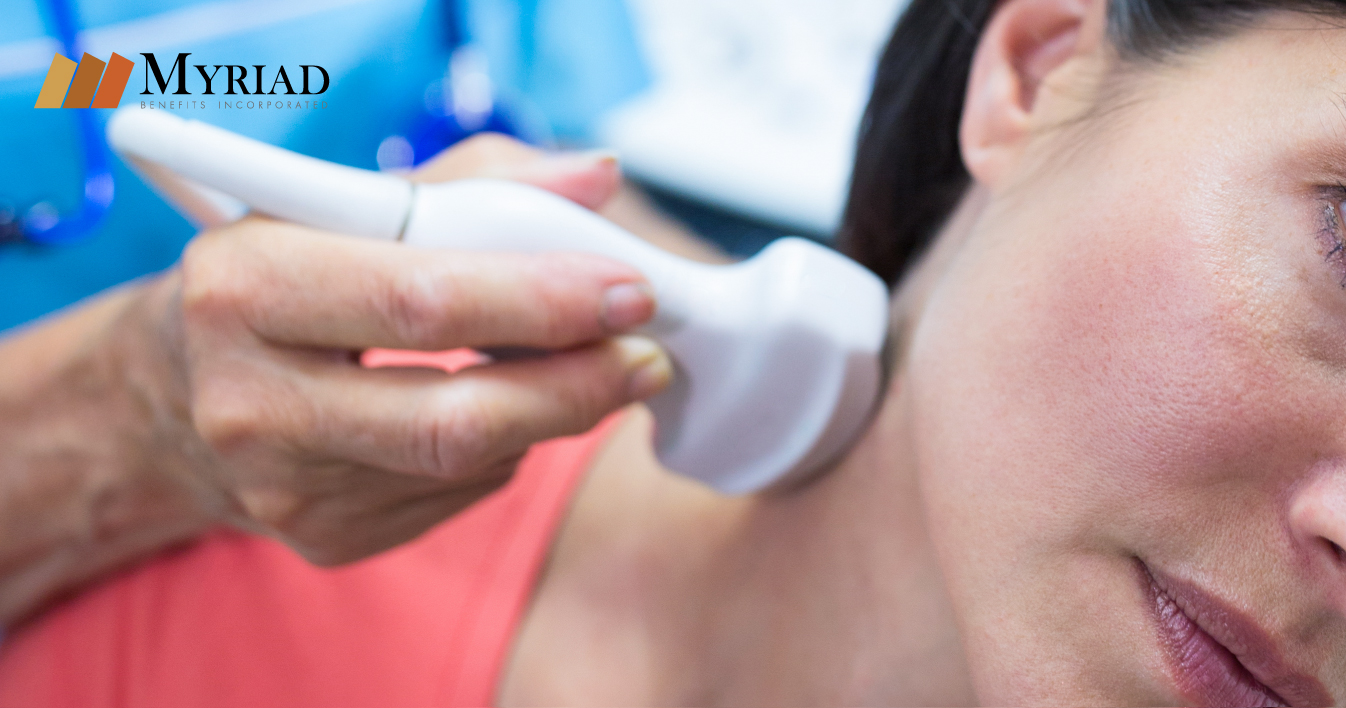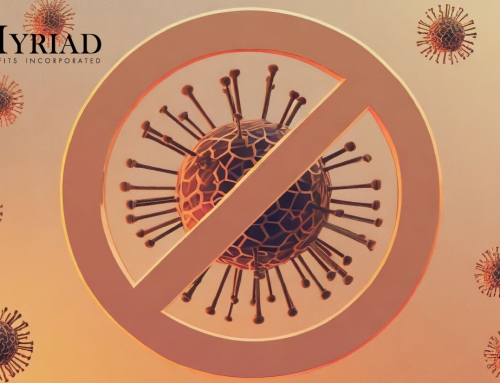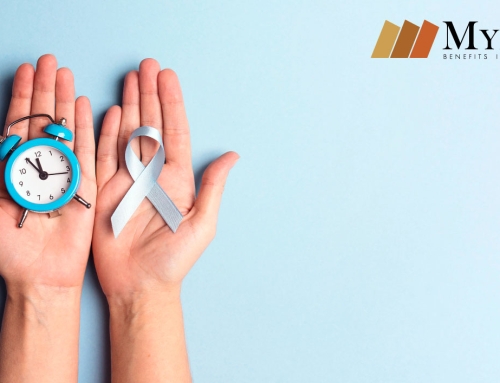Did you know that thyroid disease affects women six to eight times more than men? There are various factors that determine the risk of developing thyroid disease. Some of them are:
- Gender– women are six to eight times more likely to develop it.
- Age– people over the age of 50 are at a greater risk of developing the disease
- Family history– having close relatives with the disease or having thyroid problems during or after a pregnancy
- Tobacco– if you smoke or have smoked
- Iodine– if your diet includes too much or not enough iodine
It has a butterfly-like shape, with two side lobes that are joined by a thin strip of tissue or isthmus. It is located in the lower front of the neck, just in front of the trachea. The thyroid is in charge of producing some important hormones called T4 and T3. These hormones control your metabolism. If the thyroid does not function properly, the body uses energy more slowly than it should.
When the thyroid is slow it is known as hypothyroidism. Some of the symptoms are: weight gain, fatigue, cold intolerance, dry skin, sore muscles, and menstrual irregularities. On the other hand, if the thyroid is very active, you will have more hormones in your body than you need, and it is called hyperthyroidism. Some of the symptoms are: weight loss, heat intolerance, hair loss, difficulty sleeping, and palpitations, among others.
Thyroid conditions are common and can be diagnosed with simple tests. If you have identified any of the symptoms associated with hypothyroidism or hyperthyroidism, consult your physician so that he/she can identify any possible causes. A physical exam and relevant screening tests (TSH, T4, and T3) will help your physician to diagnose or dismiss the condition.
References:
American Thyroid Association
Sociedad Puertorriqueña de Endocrinología y Diabetología
Image: freepik.com













